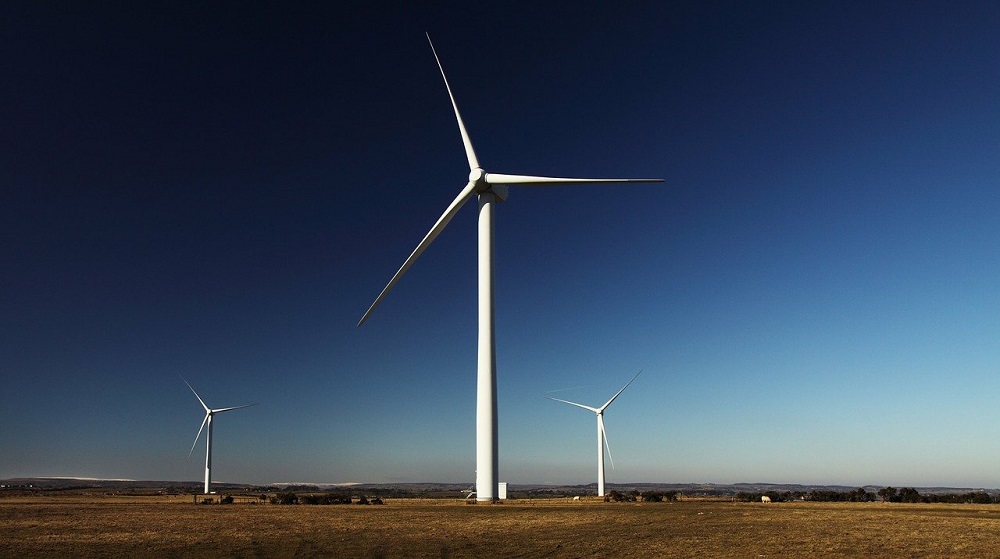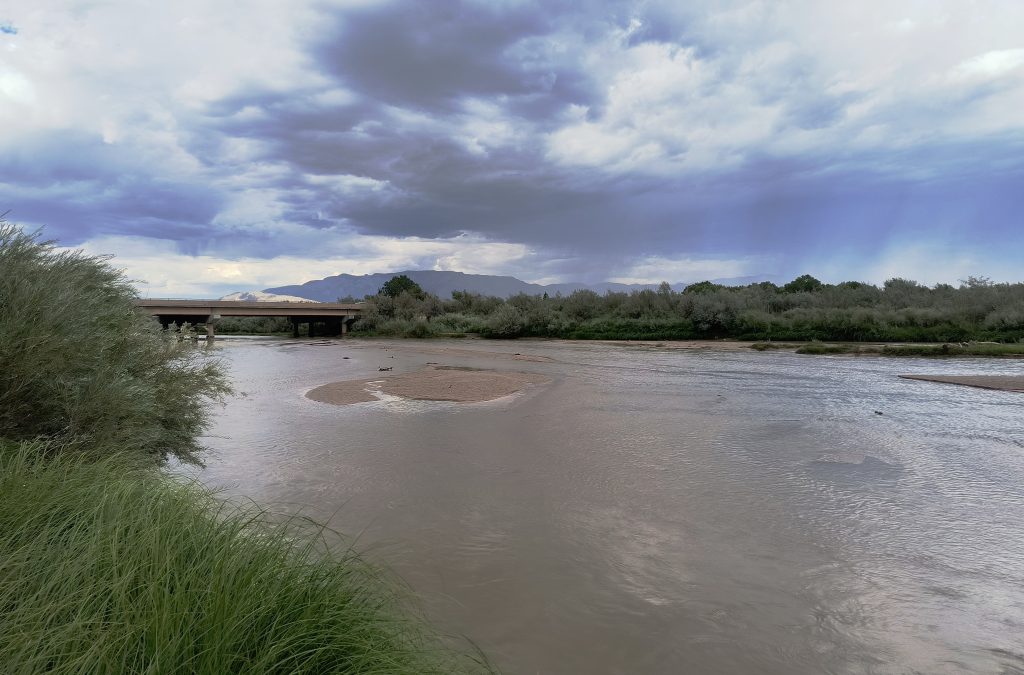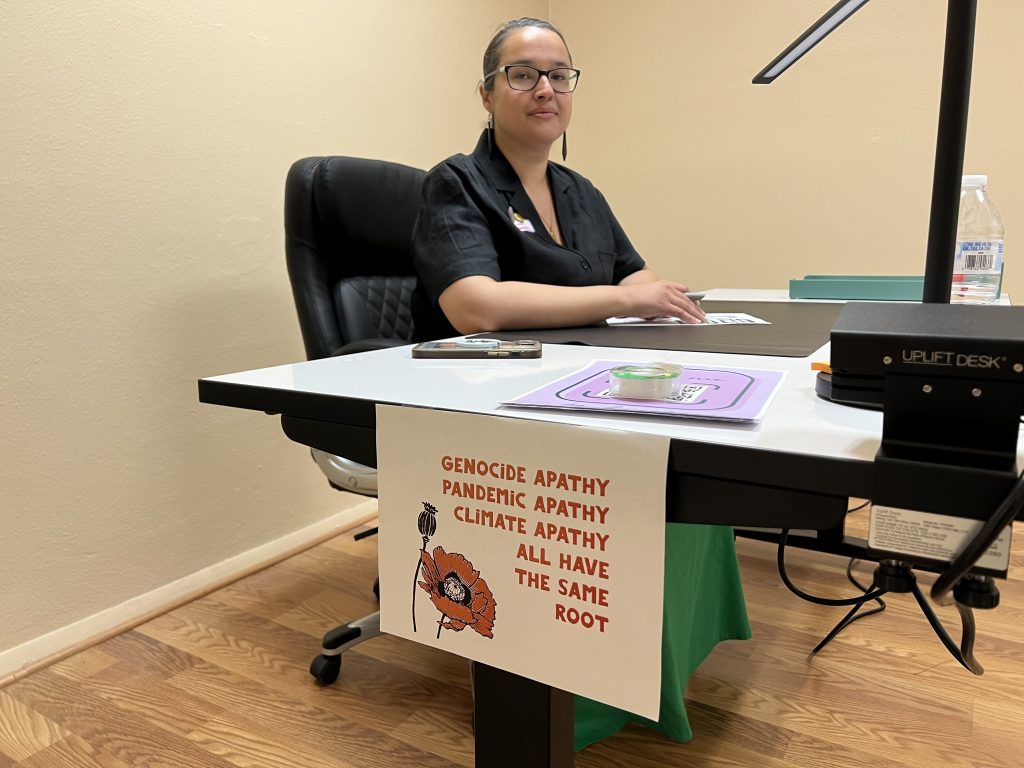Gov. Michelle Lujan Grisham’s Climate Change Task Force gave an update Friday on the state’s progress in reaching Lujan Grisham’s climate change goals in its second annual report. Those goals include reducing emissions, increasing renewable energy generation and decarbonizing the transportation sector.
Lujan Grisham said her administration’s commitment to fighting climate change has only grown stronger this year, pointing to wildfire and drought conditions.
“We are dead set against allowing climate change to bring about the next public health crisis,” she said in a statement.
New Mexico produces more than twice the national average of greenhouse gas emissions per capita. Those high emissions are “largely the result of our greenhouse gas-intensive oil and gas industry, which makes up a significant portion of our overall greenhouse gas emissions profile,” the report said.
Data in the report indicates that methane emissions continue to be a problem for the state.

Nationally, methane accounts for just 10 percent of greenhouse gas emissions, but in New Mexico, it accounts for 35 percent.
The report found that emissions generated from the oil and gas sector in the past few years have been greater than previously estimated, citing a recent peer-reviewed study from Colorado State University that analyzed emissions in New Mexico. The oil and gas sector generated 60 million metric tons (MMT) of greenhouse gas emissions in 2018, which is nearly four times more than previously estimated based on national data, according to the study.
The Task Force created nine interagency “Climate Action Teams” over the last year to tackle the state’s emissions problem and spearhead energy efficiency and sustainability work. The teams’ work spans transportation decarbonization, building efficiencies, sustainable infrastructure and emergency management, health and resilience.
The state’s Energy, Minerals and Natural Resources Department (EMNRD) convened a Grid Modernization Advisory Group in September, following the passage of the Energy Grid Modernization Roadmap bill during the 2020 legislative session. The advisory group is made up of representatives from electric utilities, renewable energy companies, academia, the national laboratories, and non-profit energy and consumer groups. EMNRD expects to release the group’s roadmap for grid modernization in early 2021.
RELATED: The clean energy bills that cleared the legislature
The state will see renewable energy generation nearly double from 2017 levels by the end of 2020, the report said. Most of that generation will be in the form of wind energy projects.
The transportation sector is the second largest contributor to emissions in the state, according to the report. Lujan Grisham signaled in 2019 her intent to develop low-emission and zero-emission vehicle standards. The New Mexico Environment Department will hold information sessions next year around new vehicle emissions standards, with a goal of proposing new rules around the standards by the end of 2021.
The Transportation Climate Action Team, meanwhile, is looking at ways to incentivize electric vehicle adoption in the state, while EMNRD is looking for partners to participate in pilot studies targeting freight decarbonization and the electrification of airport support vehicles, the report said.
EMNRD and NMED are also exploring adopting a cap and trade program for greenhouse gas emissions. The program would target at least a 45 percent reduction in greenhouse gas emissions compared to 2005 levels by 2030. The report said a cap and trade program will “be a priority area for stakeholder engagement in 2021.”



















